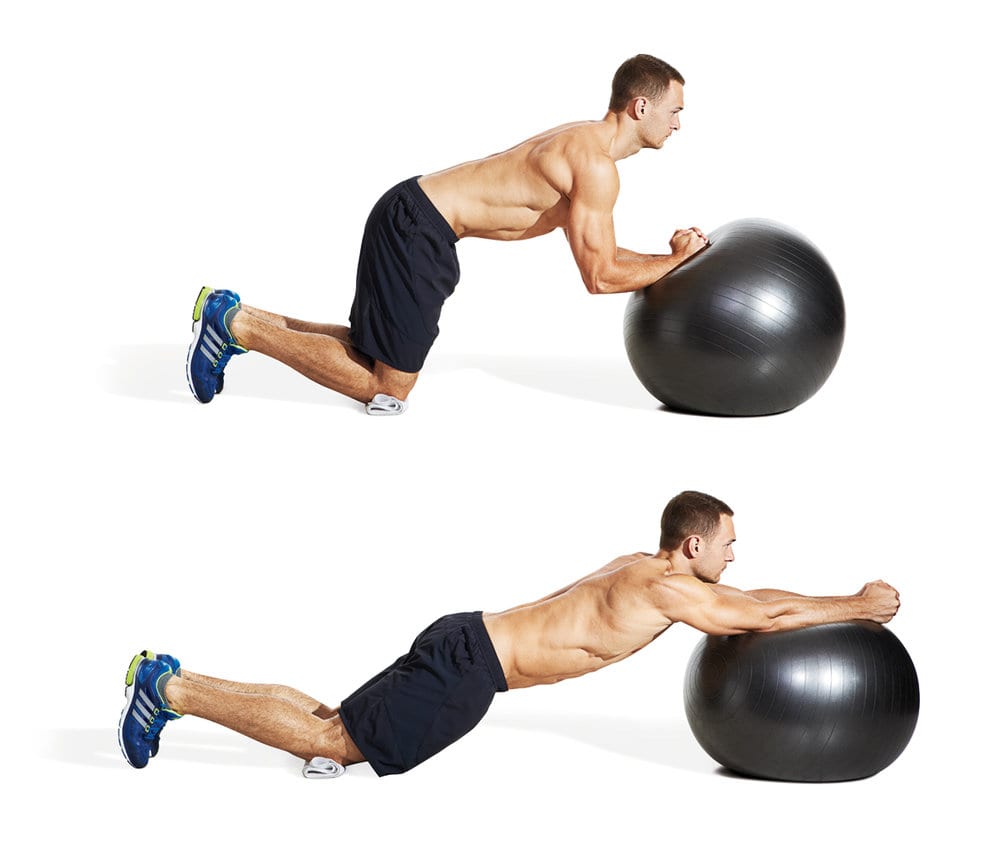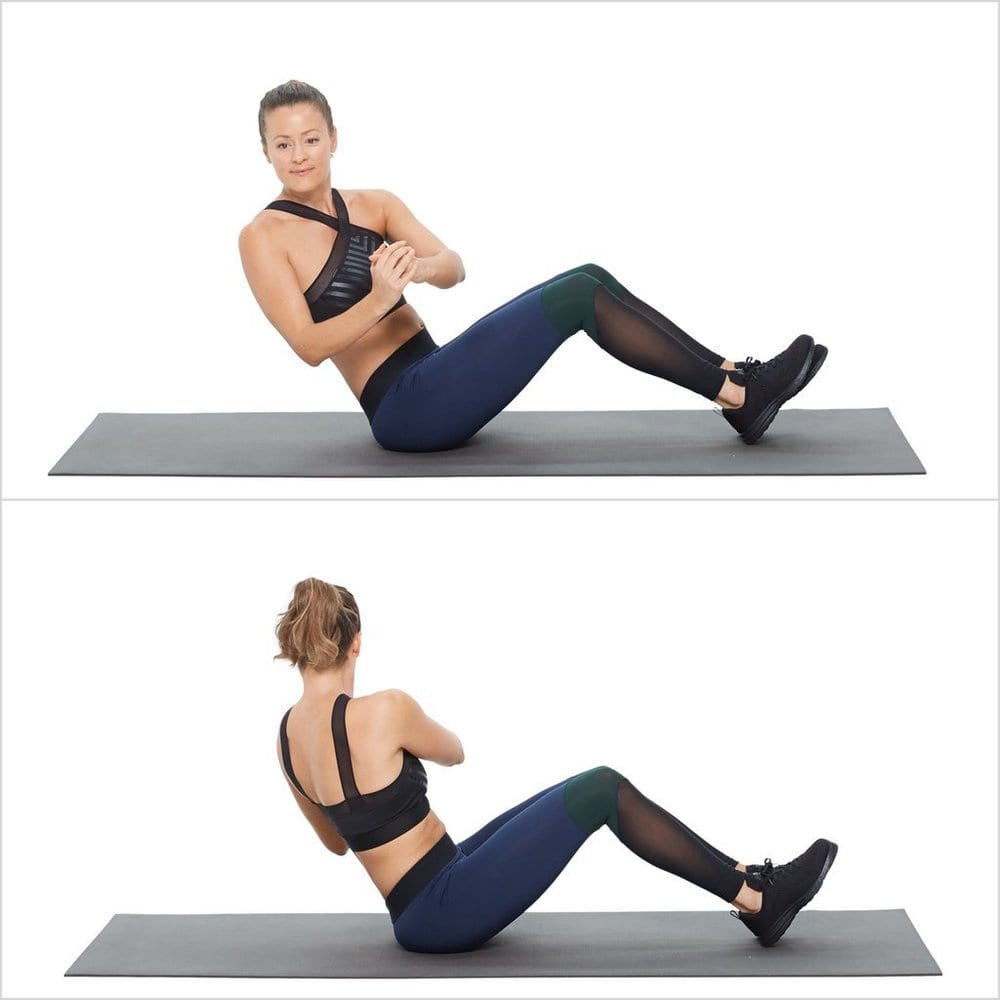
Hints and Tips
Core strength and stability is one of the most important ways to prevent injury, and to make every day tasks easier.
But what exactly does core strength entail? And how can we improve it?
What is our “core”?
Your core is a lot more complex than just your visible abdominal muscles (the elusive “6 pack”). In fact, many of the muscles are hidden beneath the exterior musculature. The deeper muscles that are our true core muscles include the transverse abdominals, multifidus, diaphragm and the pelvic floor. The core has three dimensional depth and works in all directions of body movement. For this reason, there are literally hundreds of exercises that can be done to impact core strength.
Why is core strength important?
Your core is in place mainly to protect and hold your spine in the correct position through movement. It absorbs forces placed on the back instead of the passive structures such as your vertebral discs so as they do not wear out or get damaged. For example, if you were to lift a heavy object without engaging your core correctly, then your spine would take most of the force. However, performing the same action while engaging your core, although it may look the same externally, your core will actually absorb most of that weight and force, thus reducing the potentially damaging effects on the spine and other muscles.
Think of it this way, your knee has muscle above and below it to absorb forces when you jump off something and land on the ground…without it your knee would most likely crumple. In this same way your core does the same thing for your pelvis, spine and upper body.
Benefits of good core strength:
A strong and stable core will allow you to push, pull, lift and bend with ease, while minimising injury. It will improve posture, and lift your performance in a number of different sports, as well as just normal day to day tasks such as picking up a child, carrying heavy objects or even doing the vacuuming!
Core exercises:
It is important to note that there are many, many core exercises that all have their merit, and the best recommendations will always come from a consult with your physiotherapist.
But here are a couple of good examples:
Plank:
Plank is a good isometric stabilising core exercise that you can perform at home. In order to do this
- Start by getting into a press up position.
- Bend your elbows and rest your weight onto your forearms.
- Your body should form a straight line from shoulders to ankles.
- Engage your core by contracting your pelvic floor and tightening your midsection.
- Hold this position for the prescribed time.

Plank
Swiss ball roll out:
The Swiss ball roll out is slightly advanced but very effective. Don’t worry if you can only manage one to begin with.
- Start by stabilising yourself on the swiss ball in a plank position
- Slowly roll the ball forward on your elbows as far forward as you can handle.
- Engage your core by contracting your pelvic floor and tightening your midsection.
- Return back to start position.
Twist your midsection from side to side whilst keeping your core active.

Swiss ball roll out
Russian Twist:
- Sit on the floor with your knees bent and feet just hovering off the floor.
- Lean back until you are at a comfortable but challenging angle for your abs.
- Keep your spine straight and not rounded.
- Engage your core by contracting your pelvic floor and tightening your midsection.
- Twist your midsection from side to side whilst keeping your core active.

Russian twist
Please note: These exercises are only a guide.
A well trained Physiotherapist will be able to write a specially designed programme for you to be able to improve your core strength and stability. To find out more, bookin with one of our therapists today.
